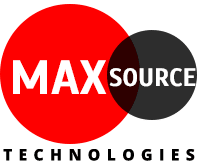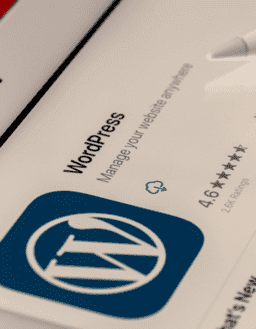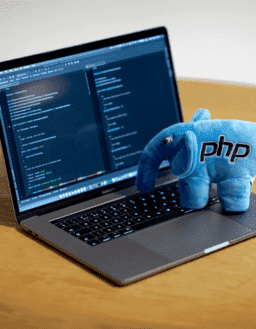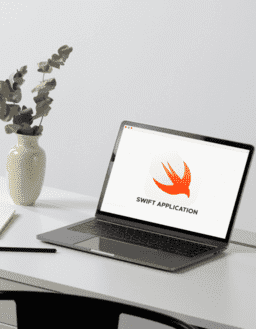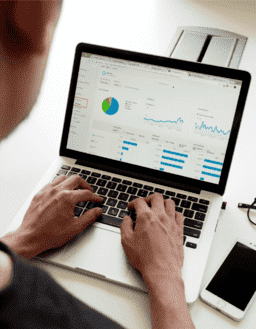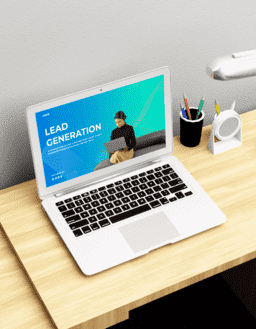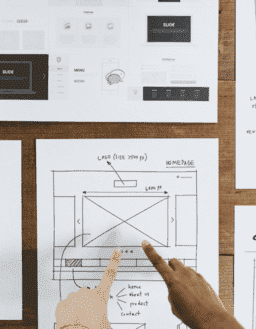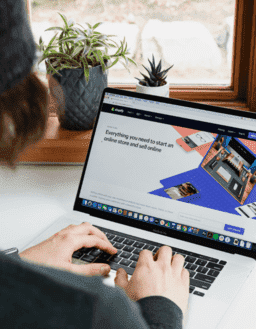SEO Vs. SEM Vs. PPC: Differences, Pros, Cons, and Strategies
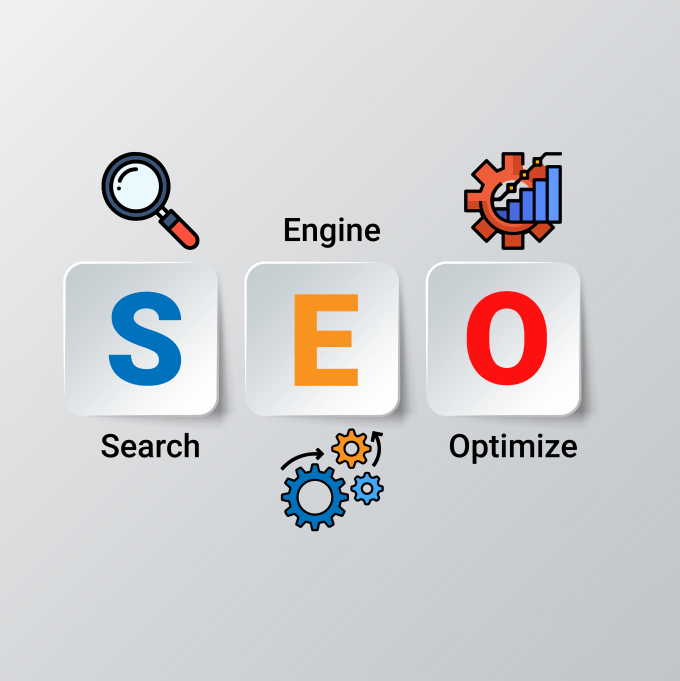
In the dynamic realm of digital marketing, the choice between Search Engine Optimization (SEO) and Search Engine Marketing (SEM), specifically Pay-Per-Click (PPC), can be a perplexing decision for businesses. This blog aims to demystify these terms, explore their intricacies, and provide insights into the pros, cons, and strategies for each.
What is SEO?
Search engine optimization is the strategic process of enhancing a website’s visibility on search engines. Through keyword optimization, content refinement, and technical improvements, SEO aims to rank websites higher on search results, attracting organic traffic and boosting online presence.
- Keyword Research
- On-page SEO
- Off-page SEO
- Technical SEO
- Local SEO
Catagories
Categories
Have Any Question?
Do not hesitage to give us a call. We are an expert team and we are happy to talk to you.
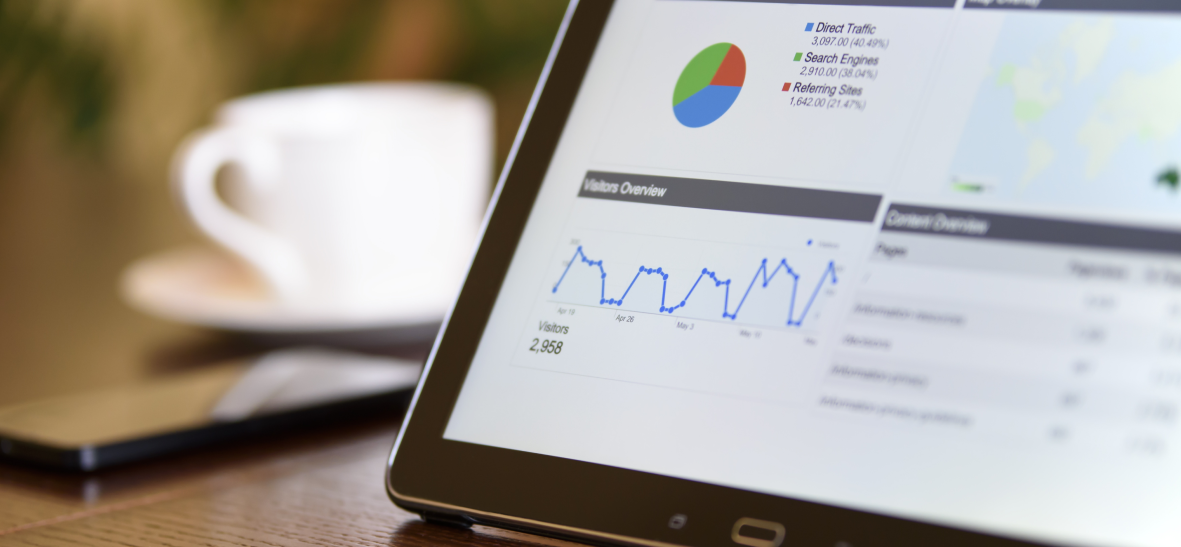
1. Keyword Research:
At the core of search engine optimization lies the meticulous art of keyword research. It involves identifying the phrases and terms your target audience uses when searching for products or services. Understanding these keywords is the foundation for tailoring your content to meet user intent.
2. On-page SEO:
On-page SEO focuses on optimizing elements within your website. Crafting compelling meta tags and headers and ensuring content aligns with user queries contribute to a website's visibility and relevance.
3. Off-page SEO:
Apart from your website, off-page SEO entails establishing a credible online footprint. Acquiring high-quality backlinks from authoritative sources boosts credibility and positively influences search engine rankings.
4. Technical SEO:
Operating behind the scenes, technical SEO ensures the smooth functioning of your website. Factors such as site speed, mobile responsiveness, and proper indexing contribute to a seamless user experience.
5. Local SEO:
Local SEO tailors strategies to improve visibility in location-based searches. Vital for businesses with a physical presence, local SEO enhances discoverability in geographic searches.
SEO: Pros and Cons
Pros:
Long-term Organic Visibility: Search engine optimization establishes a foundation for sustained visibility on search engine result pages (SERPs), providing long-term benefits.
Cost-effective Over Time: While initial investments are necessary, the long-term benefits of organic traffic can outweigh the costs associated with paid strategies.
Cons:
Time-consuming Results: Search engine optimization is a gradual process, requiring time for search engines to recognize and reward optimization efforts.
Constant Algorithm Changes: Adaptability is crucial as search engine algorithms evolve, necessitating continuous adjustments to maintain visibility.
Initial Investment May Not Yield Immediate Returns: Unlike PPC, SEO may not deliver immediate results, making patience a vital virtue.
Strategies:
Regularly Update and Optimize Content: Consistent updates and optimization signal to search engines that your website is relevant and valuable.
Focus on High-Quality Backlinks: Building authoritative backlinks enhances credibility, positively influencing search rankings.
Stay Abreast of Algorithm Changes: Remaining informed about updates allows you to adapt strategies to align with evolving ranking criteria.
What is PPC?
PPC, short for Pay-Per-Click, is an online advertising model where advertisers are charged a fee every time a user clicks on their advertisement. This method allows businesses to display ads on search engines or websites, gaining immediate visibility and paying only for actual clicks.
- Keyword Research
- Bide Setting
- Ad Creation
- Target Audience
1. Keyword Research:
PPC starts by identifying and bidding on keywords that are pertinent to your business. Opting for the right keywords ensures that your ads effectively reach the intended audience.
2. Bid Setting:
Determining the maximum amount you're willing to pay for a click is essential. Bids influence ad placement, with higher bids often resulting in better visibility
3. Ad Creation:
Crafting compelling ad copy is crucial in PPC. Ads need to be engaging, relevant, and tailored to attract clicks from potential customers.
4. Target Audience:
Fine-tuning your audience based on demographics, location, and behavior enhances the precision of PPC campaigns.
What is SEM?
SEM, or Search Engine Marketing, is a comprehensive approach that includes both SEO and PPC. It encompasses various strategies to improve a website’s visibility on search engines, combining the strengths of both organic and paid methods.
How long does SEM take?
SEM, particularly PPC, can yield immediate results once campaigns are live. However, achieving optimal results may take time as you refine and optimize your strategies.
How much does SEM cost?
SEO VS. SEM VS. PPC Strategies
SEO: Ideal for long-term organic growth, building credibility, and cost-effectiveness over time.
PPC: Offers quick results, precise targeting, and measurable ROI, but can be costly over the long term.
